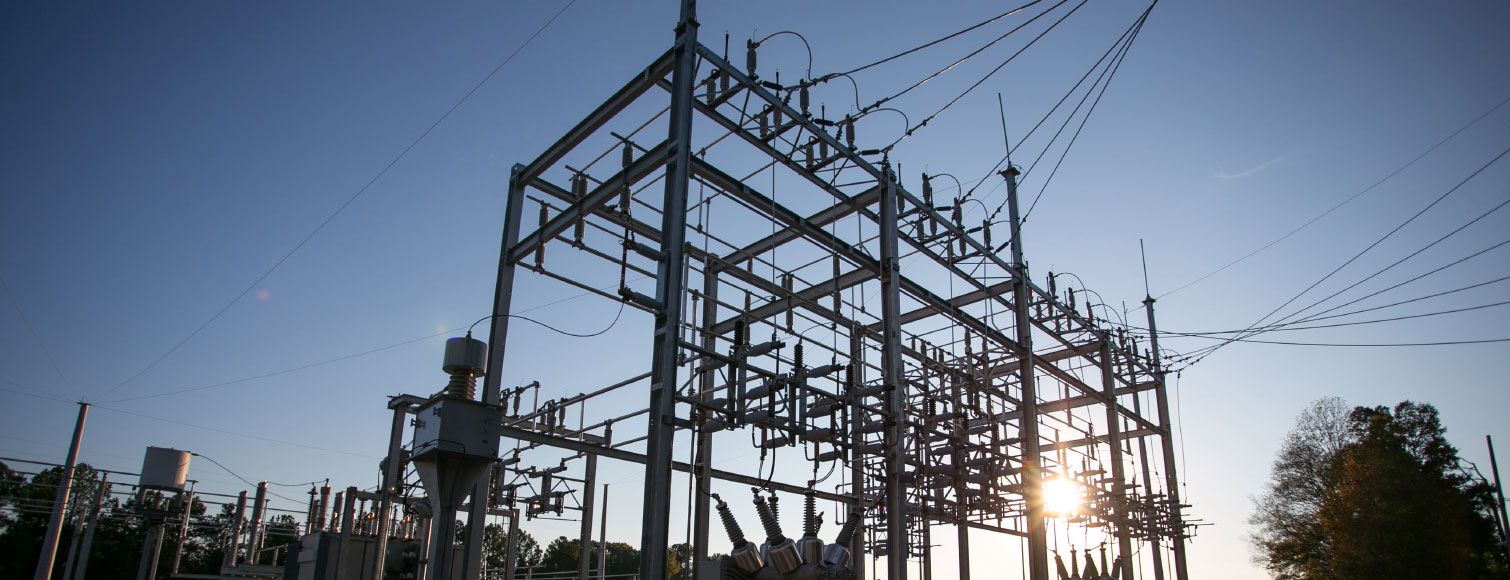Winches Overview
Winches are versatile devices that are designed for lifting, pulling, and towing heavy loads in a variety of settings. From construction sites to shipping docks, winches are essential tools for a wide range of industries. In this article, we’ll take a closer look at winches and explore their various features, benefits, and applications.
What is a Winch?
A winch is a mechanical device that is used to lift, pull, or tow heavy loads. It consists of a spool or drum that is attached to a motor, gearbox, and control system. A cable or rope is wound around the spool, and when the motor is activated, the cable is pulled or released to lift, pull, or tow the load.
Types of Winches:
There are several types of winches available, each designed for specific applications. Some of the most common types of winches include:
- Electric Winches: Electric winches are powered by electricity and are ideal for indoor and outdoor use. They are available in various sizes and capacities and are suitable for lifting, pulling, and towing applications.
- Hydraulic Winches: Hydraulic winches are powered by hydraulic fluid and are ideal for heavy-duty applications. They are commonly used in construction, mining, and oil and gas industries.
- Manual Winches: Manual winches are powered by hand and are ideal for light-duty applications. They are commonly used in recreational settings, such as off-road vehicles and boats.
Features of Winches:
Winches come in various sizes and capacities and offer a range of features to meet the needs of different applications. Some of the key features to consider when selecting a winch include:
- Load Capacity: The load capacity of a winch refers to the maximum weight it can lift, pull, or tow. It’s important to select a winch with the appropriate load capacity for your application to ensure safe and efficient operation.
- Cable or Rope Length: The length of the cable or rope is another important factor to consider. Longer cables or ropes allow for greater reach and flexibility in lifting or pulling heavy loads.
- Control System: Winches typically feature a control system that allows for easy and precise operation. Some winches may include a wired or wireless remote control, while others may feature a manual control system.
Benefits of Winches:
Winches offer several benefits for a wide range of applications. Some of the key benefits of winches include:
- Versatility: Winches can be used for a wide range of lifting, pulling, and towing applications, making them a versatile tool for various industries.
- Efficiency: Winches allow for efficient and safe lifting, pulling, and towing of heavy loads, reducing the need for manual labor and increasing productivity.
- Durability: Winches are designed to withstand heavy loads and harsh environments, making them a durable and long-lasting investment.
Conclusion:
Winches are essential tools for lifting, pulling, and towing heavy loads in various settings. With various types, sizes, and features available, it’s important to select a winch that meets the specific needs of your application. Whether you’re in construction, mining, or recreational industries, a winch can help improve efficiency, safety, and productivity in your operations.
A duty cycle table for Winches outline the recommended usage time and rest periods for the winch to ensure safe and efficient operation. The chart below provides an example of duty cycle for an electric winch:
CYCLE PERCENTAGE
Cycle table
| Duty Cycle (%) | Time on (minutes) | Time off (minutes) |
|---|---|---|
| 25 | 15 | 45 |
| 30 | 10 | 30 |
| 50 | 6 | 6 |
| 60 | 5 | 5 |
Note:
It’s important to note that this is just a sample duty cycle table and the duty cycle for a specific electric winch can vary depending on factors such as the load capacity, cable length, power source, and environmental conditions. Always refer to the manufacturer’s specifications and guidelines for duty cycle information on a specific electric winch model.
OTHER SERVICES
ADMALITE provides a range of services, including installation, maintenance, repair, load testing, customization, upgrades, consultation, replacement parts, and emergency callouts, ensuring their customers’ equipment operates safely and efficiently.
QUALITY GUARANTEE
UL Certification is a globally recognized standard for safety and quality assurance. UL Certification ensures that products and systems meet stringent safety requirements and comply with industry standards.
In the case of ADMALITE, their compliance with UL508A standards for industrial control panels ensures that their products are safe, reliable, and comply with industry standards, giving their customers peace of mind and confidence in the quality of their products.
FREE QUOTE
Do you need help finding out the right hoist? Fill out this form to get in touch.







